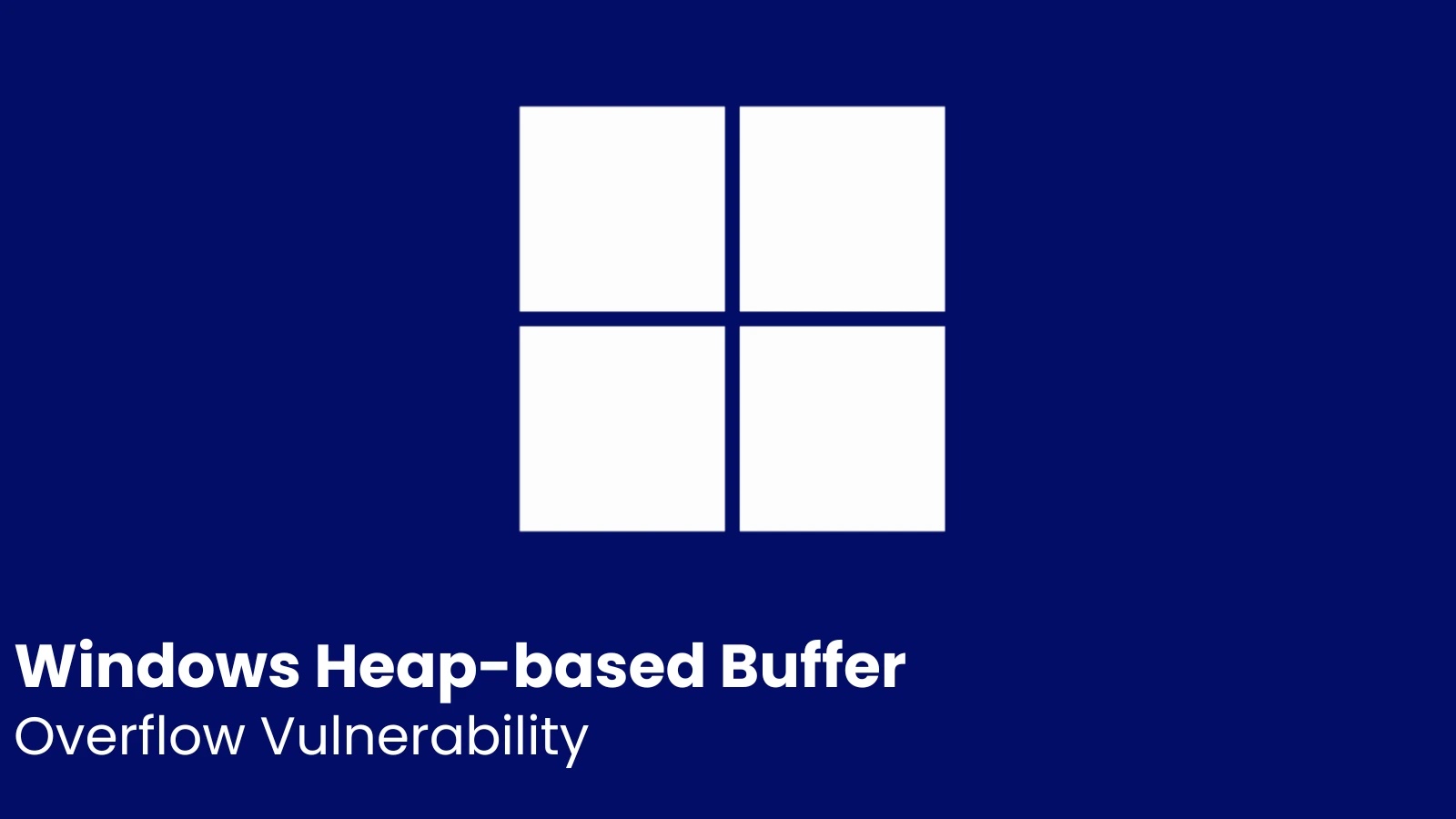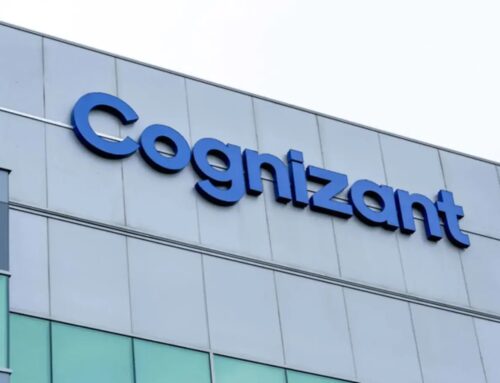
Windows Heap-based Buffer Overflow Vulnerability Let Attackers Elevate Privileges
Unpacking CVE-2025-53149: The Windows Heap-Based Buffer Overflow Threat
In the intricate landscape of operating system security, vulnerabilities in core components represent a significant threat, capable of undermining an entire system’s integrity. A recently disclosed and patched flaw in a fundamental Windows driver serves as a stark reminder of this reality. Identified as CVE-2025-53149, this heap-based buffer overflow vulnerability could have allowed a local attacker to achieve the highest system privileges, effectively seizing complete control of a compromised machine. Understanding the technical specifics of such vulnerabilities is paramount for cybersecurity professionals responsible for defending critical infrastructure.
The Kernel Streaming WOW Thunk Service Driver (ksthunk.sys) Under Scrutiny
The epicenter of CVE-2025-53149 is the ksthunk.sys driver, specifically the Kernel Streaming WOW Thunk Service Driver. This driver plays a behind-the-scenes role in how Windows handles certain audio and video streams. The “WOW” in its name refers to “Windows on Windows,” indicating its function in supporting 32-bit applications on 64-bit systems. Found within such a critical system file, a vulnerability like a buffer overflow presents a severe risk.
A heap-based buffer overflow occurs when a program attempts to write more data into a fixed-size memory buffer on the heap than it was allocated. This excess data then spills over into adjacent memory locations, potentially corrupting data, altering program flow, or in severe cases, allowing an attacker to inject and execute arbitrary code. In the context of ksthunk.sys, a successful exploit of this flaw would enable a local attacker to elevate their privileges to SYSTEM, the most powerful user context on a Windows machine. This level of access grants complete control over the operating system, including the ability to install programs, view, change, or delete sensitive data, and create new accounts with full user rights.
Understanding the Impact: Local Privilege Escalation and System Compromise
The primary impact of CVE-2025-53149 is local privilege escalation (LPE). This means an attacker would first need to have some level of access to the target system, perhaps through a successful phishing attack, a compromised application, or physical access. Once on the system, even with low-level user privileges, they could then leverage this vulnerability to “promote” themselves to the highest level of authority. From there, the attacker could:
- Install rootkits or backdoors for persistent access.
- Disable security software.
- Access and exfiltrate sensitive company data.
- Launch further attacks on other systems within the network.
- Manipulate system configurations to facilitate future malicious activities.
The potential for complete system takeover underscores the severity of this vulnerability, making timely patching absolutely essential.
Remediation Actions: Patching is Paramount
Microsoft has addressed CVE-2025-53149 via a patch rollout. For organizations and individual users, the remediation steps are clear and critical:
- Apply Latest Security Updates: Ensure that all Windows systems are updated with the latest security patches released by Microsoft. This vulnerability has been remediated in a recent update cycle. System administrators should prioritize the deployment of these updates across their entire infrastructure.
- Implement Robust Patch Management: Establish and enforce a rigorous patch management policy. Automate patch deployment where possible and ensure regular auditing to confirm that all systems are up-to-date.
- Principle of Least Privilege: Reinforce the principle of least privilege across your environment. Limit user and application permissions to only what is absolutely necessary for their functions. This reduces the attack surface and minimizes the potential impact if a low-privilege account is compromised.
- Security Monitoring: Continuously monitor system logs and network activity for unusual behavior that might indicate an attempted exploitation, especially after a system has been compromised at a lower level.
- Regular Backups: Maintain regular, secure backups of critical data and system configurations. In the event of a successful compromise, accessible backups can significantly reduce downtime and data loss.
Tools for Detection and Mitigation
While direct detection of a specific buffer overflow exploit might require specialized forensic tools, the following categories of tools are vital for maintaining overall system security and detecting the precursors or post-exploitation activities related to such vulnerabilities:
| Tool Name | Purpose | Link |
|---|---|---|
| Windows Update | Core mechanism for applying official Microsoft patches and security updates. | Microsoft Support |
| Endpoint Detection and Response (EDR) Solutions | Monitors endpoint and network events to detect and respond to suspicious activities, including privilege escalation attempts. | Varies (e.g., CrowdStrike, SentinelOne) |
| Vulnerability Scanners | Identifies unpatched systems and other security misconfigurations. | Varies (e.g., Nessus, Qualys, OpenVAS) |
| Security Information and Event Management (SIEM) | Aggregates and analyzes security logs from various sources to detect patterns indicative of attacks. | Varies (e.g., Splunk, IBM QRadar, ELK Stack) |
| Microsoft Baseline Security Analyzer (MBSA – legacy) / Microsoft Security Compliance Toolkit | Aids in evaluating system security configurations against Microsoft best practices. | Microsoft Download Center (for Compliance Toolkit) |
Key Takeaways for System Defenders
The discovery and patching of CVE-2025-53149 serve as a powerful reminder of several ongoing truths in cybersecurity:
- Core operating system components are prime targets for attackers due to the high privileges they operate with.
- Heap-based buffer overflows remain a prevalent class of vulnerability that can lead to severe system compromise.
- Prompt and comprehensive patch management is the single most effective defense against known vulnerabilities.
- Layered security approaches, combining robust patching with privilege management, security monitoring, and incident response capabilities, are crucial for effective cyber defense.
Staying informed about recently disclosed vulnerabilities like CVE-2025-53149 and proactively applying security updates is fundamental to maintaining a secure computing environment.





